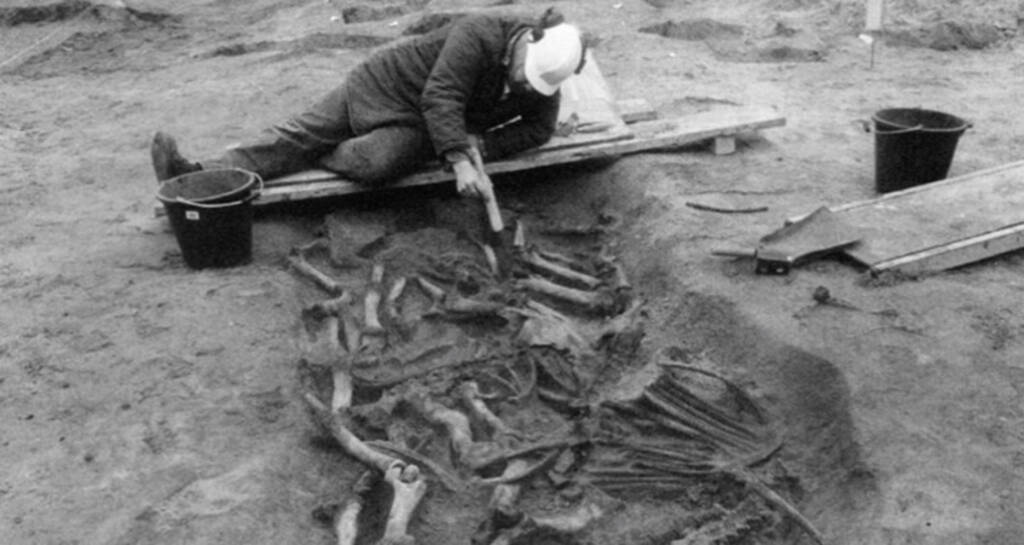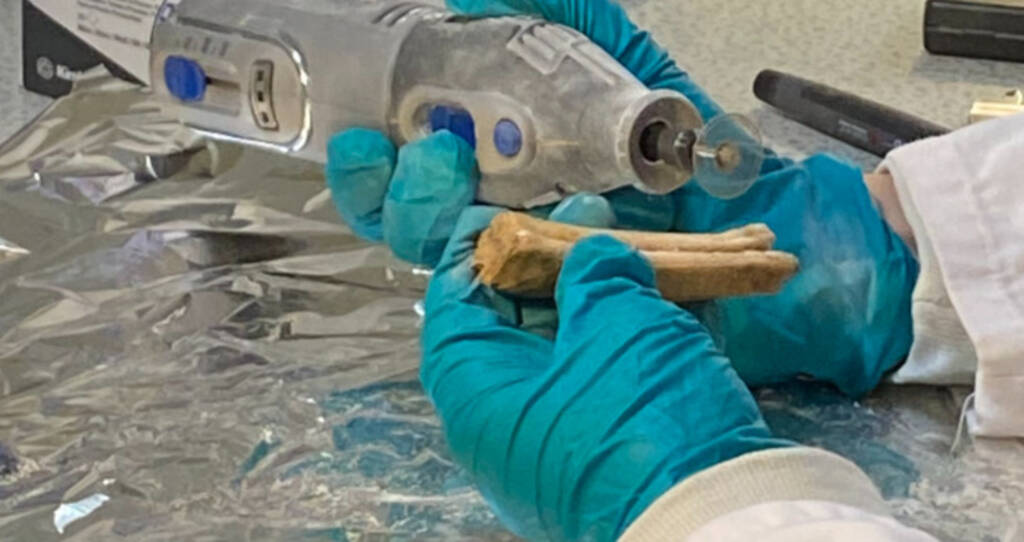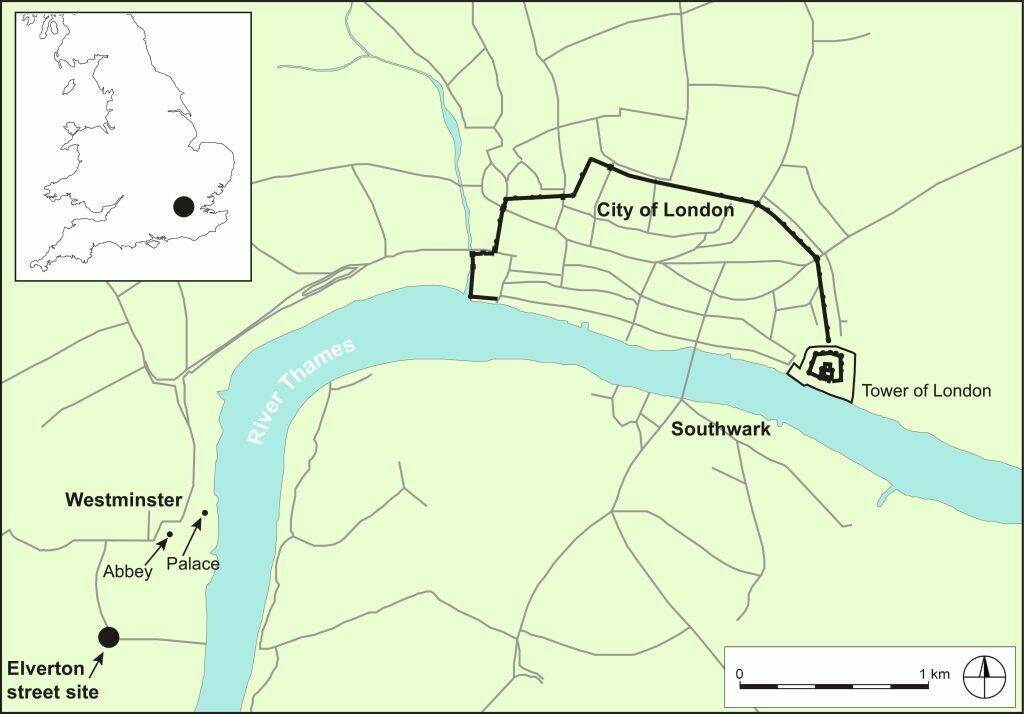
Research into remains from a mass grave of horses found more than 30 years ago in London's Westmister has revealed interesting facts about the elite horses bred during the Tudor era. Scientists turned to previously unused methods of analysis.
Experts discovered that many of these animals were not local, but were imported from various countries in Europe, indicating the significant volume of trade and variety of horse breeds available to the elite of England at the time.

University of Exeter
Professor Oliver Creighton, who participated in the study, compares these precious horses to modern supercars. Historical records indicate significant expenditure on horses by the English elite, and archaeological findings confirm this.

University of Exeter
In the first experiment of its kind, conducted on the remains of a medieval horse, the researchers took 22 molars from 15 individual animals and drilled out pieces of the enamel for isotopic analysis.
By measuring the ratio of strontium, oxygen and carbon isotopes present in the teeth and comparing the results to known ranges in different geographic regions, the scientists were able to determine each horse's potential ancestry.
The results of the study were surprising: half of the horses were bred outside of England, possibly in regions such as Scandinavia and the Alps. These findings are consistent with the practice of horse breeding at royal stud farms in different regions of Europe.
As for the second half, research into the remains continues.

University of Exeter
The scientists also noted that the condition of the skeletons indicates that the horses were larger than average in size and were used intensively—frequent riding and hard work.
It is worth recalling that the burial was discovered in the 1990s almost in the center of London. Seventy whole or partial horse remains were found at what is now known as Elverton Street Cemetery.
The conducted research expands the understanding of the role of horses in the life of the English elite in the Tudor era. Indicates deep connections between England and other European countries through the trade of these animals.

University of Exeter
Source: arkeonews.net
